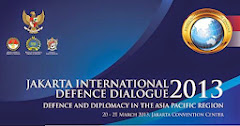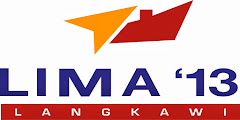31 Mei 2018
MANILA -- The Philippine Army (PA) is now equipped with platforms that can provide situational capability and secure communication to its units in the field.
The equipment being referred to is the "Blue Force Tracking System" that was developed by the Army Signal Regiment under its situational awareness capability program.
The latter is equipped with a global positioning system, allowing it to provide critical information to ground units, PA spokesperson Lt. Col. Louie Villanueva said in a statement Tuesday.
Aside from its "Blue Force Tracking System", the Army is also equipped with Mobile Command Centers (MCC) 1 and 2, tasked to provide communication support to all field units.
Villanueva said communication capability upgrades, such as MCC 1 and MCC 2, enable the commanders and planners to see the battlefield with real-time picture to come up with comprehensive and accurate plans and timely decisions, particularly during the conduct of focused military operations, and humanitarian assistance and disaster response operations.
Both platforms are capable of communicating through voice and data since they are equipped with dipole and aerial antennas, telephone extender, and satellite dish antenna, with uninterruptible power supply.
(PNA)
















































